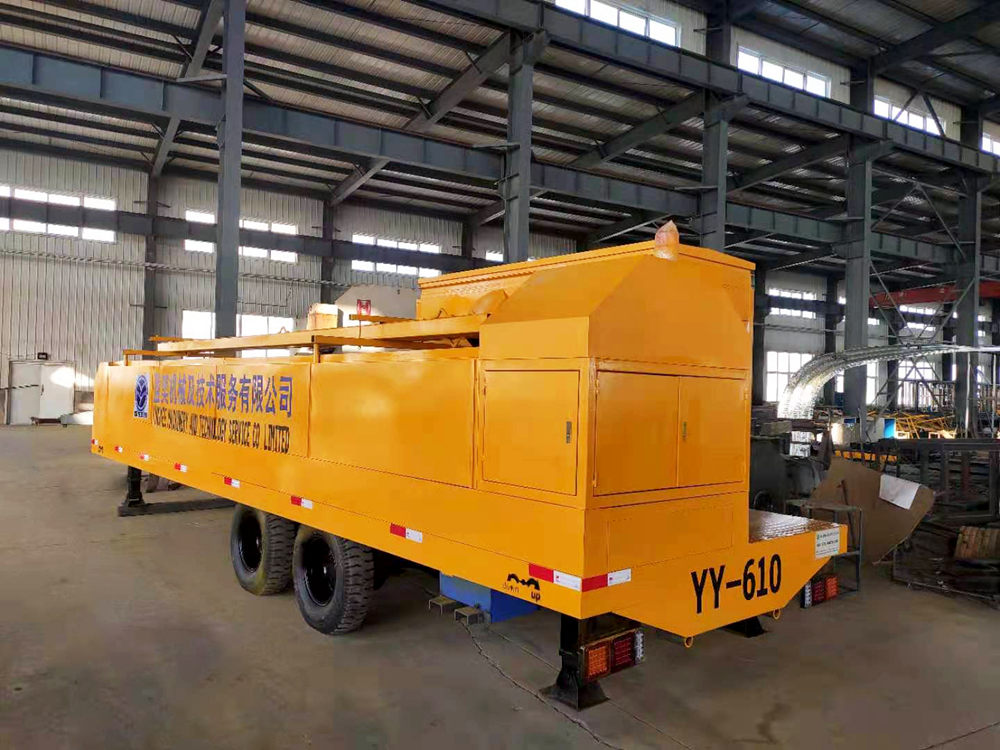The Evolution and Importance of Metal Stud Forming Machines
In the fast-paced world of modern construction and manufacturing, the tools and technologies employed play a pivotal role in determining efficiency, precision, and overall productivity. Among these tools, metal stud forming machines have emerged as essential equipment for fabricating metal studs, a crucial component in various building applications. These machines not only streamline the production process but are also instrumental in ensuring the structural integrity of the frameworks they help create.
Understanding Metal Stud Forming Machines
Metal stud forming machines are specialized equipment designed to produce metal studs from coil stock, a process that involves cutting, bending, and shaping steel or other metal into specific profiles. These profiles are primarily used in light gauge framing, drywall installation, and various other construction applications where strength, lightness, and durability are paramount.
The typical operation of a metal stud forming machine includes several stages. First, the metal coil is fed into the machine, where it is unrolled and guided through a series of rollers. These rollers shape the metal into desired cross-sectional profiles while simultaneously cutting it to length. After forming, the studs may undergo additional processes such as punching holes for electrical conduit and bracing, ensuring they meet the project specifications.
Advantages of Metal Stud Forming Machines
One of the primary advantages of metal stud forming machines is their efficiency. By automating the production process, these machines significantly reduce labor costs and time compared to manual fabrication methods. They allow for high-volume production with consistent quality and dimensional accuracy. For contractors, this means that projects can be completed faster and within budget, a crucial factor in today’s competitive construction environment.

Moreover, metal framing offers several benefits over traditional wood framing. Metal studs are non-combustible and resistant to moisture, termites, and mold, making them an ideal choice for various building applications, especially in areas prone to such hazards. The durability and strength of metal studs ensure that structures can withstand environmental stresses and last longer than those built with traditional materials.
Technological Advancements
The evolution of metal stud forming machines has not been stagnant; significant technological advancements have been made to enhance their capabilities. Modern machines often incorporate computer numerical control (CNC) technology, allowing for precise adjustments and customizations of stud sizes and shapes based on project requirements. This flexibility supports a diverse range of applications, from residential construction to complex commercial projects.
Additionally, advancements in automation and robotics have further streamlined processes, reducing the need for manual intervention and increasing safety in the workplace. Some machines are now equipped with sensors and monitoring systems that optimize production processes and ensure quality control, thereby minimizing waste and improving overall productivity.
Conclusion
As the construction industry continues to demand greater efficiency and enhanced performance from building materials, the role of metal stud forming machines becomes increasingly critical. These machines not only facilitate fast and accurate production of essential building components but also contribute to safer and more durable structures. The ongoing innovations within this field promise to further revolutionize how we approach construction, tailoring solutions that meet the evolving needs of the industry. For builders, architects, and manufacturers alike, investing in metal stud forming technology represents a forward-thinking approach that aligns with modern standards of safety, sustainability, and efficiency.